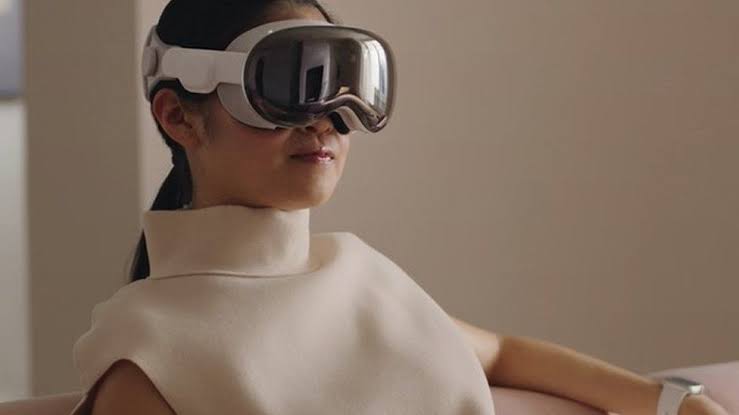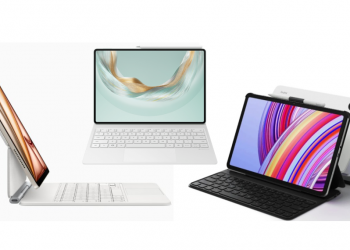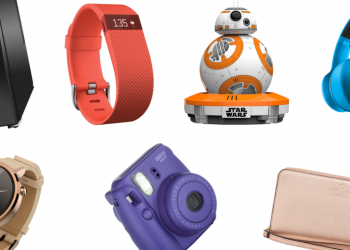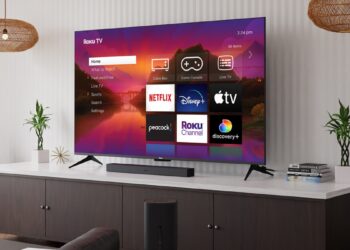Aside from Apple being known for its class and sophisticated branding, the world’s most valuable company sells its products at premium prices.
On Monday, the US company unveiled its long-awaited augmented-reality headset Vision Pro, the company’s first major product debut since the Apple Watch in 2015, with prices from a whopping $3,499.
The reality is that this product isn’t for everyone. Apple has its target market and that market segment are likely to pay such a huge price.
No idea when this premium device will hit the Nigerian market anytime soon, however, it will be available in the US market from next year.
According to business intelligence firm Vantage Market Research in Washington, the global augmented-reality headset market is expected to reach almost $5.9 billion by 2030, from $4.1 billion last year, growing at an annual growth rate of 5.3 percent between 2023 and 2030.
In the US alone, the augmented-reality headset market revenue is expected to hit $1.88 billion this year from $1.84 billion last year, according to Statista
Apple shares pared earlier gains after Vision Pro was announced and were trading at $179.05, down more than 2.8 percent in the after-hours trading.
“It’s the first Apple product you look through and not at,” Chief Executive Tim Cook said during the presentation at the Worldwide Developers Conference in Cupertino, California. “This marks the beginning of a journey.”
The headset is the latest of Apple’s “next big things” – a groundbreaking new product that can help the tech giant to maintain sales.
“Just as the Mac introduced us to personal computing and iPhone introduced us to mobile computing, Apple Vision Pro introduces us to spatial computing,” Mr. Cook said.
It marks the company’s first major new category in eight years and will try to redefine an industry in the same vein as the Mac, iPod, iPhone, and iPad.
The device will be available in the US early next year but the widely anticipated launch failed to inspire investors.
Basic Features of Apple’s Vision Pro
An augmented-reality headset gives a virtual reality experience for three-dimensional simulations, PC games, and other applications such as movies.
They use an organic light-emitting diode or liquid crystal display screen and a head-motion monitoring sensor to produce realistic-looking 3D images.
The sensor in the VR headset tracks head movement and produces 3D pictures with up to a 360-degree field of view.











